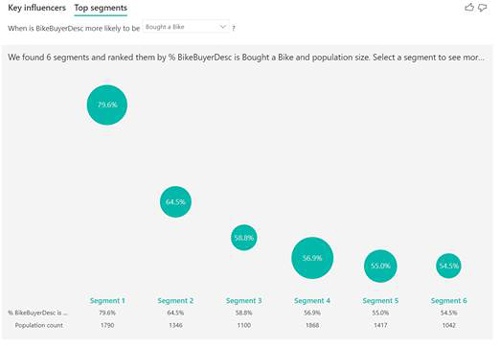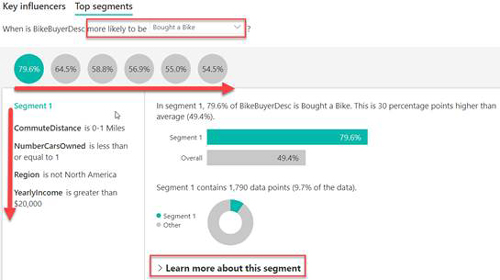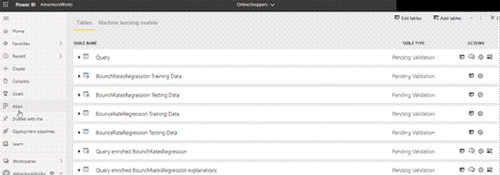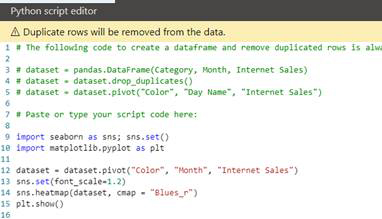In-Depth
Conversation with Thomas LeBlanc: Power BI, Artificial Intelligence and Machine Learning
A Microsoft data platform expert aims to lift some of the fog that surrounds Power BI's more advanced capabilities.
Power BI has come a long way since it debuted back in 2013 as part of a demo during the Microsoft Worldwide Partner Conference. What started as just a data visualization tool for Office 365 has now become a full-fledged artificial intelligence (AI) and machine learning platform. For developers just starting to dip their toes into AI and machine learning in Power BI, it might be hard to know where to start.
Thomas LeBlanc, a Microsoft data platform MVP and a data warehouse architect with nearly three decades of experience, aims to lift some of the fog that surrounds Power BI's more advanced capabilities. He's hosting a session in the upcoming Live! 360 conference (taking place Nov. 15-19 in Orlando, Fla.) called "Power BI, AI, and ML." As the name suggests, the session will cover what's new in AI and machine learning in Power BI, how to create insights and dataflows in Power BI, and more.
We caught up with LeBlanc recently to get his thoughts on all things Power BI.
Pure AI: How much has Microsoft beefed-up Power BI's machine learning and AI capabilities in recent years?
LeBlanc: Microsoft has been enhancing Power BI for the last five years. Due to its popularity and cloud-first development, machine learning and AI have been as important as other features.
Machine learning is concentrated in the R and Python visual in the desktop, but the creation of dataflows and datasets for premium customers [license holders] has added wizard-like capabilities. Here, developers can write their own code to use specific learning models.
As far as AI, the Key Influencers visual is the most popular visual due to the built-in AutoML. The visual enables developers to look at a value and the column that influence a value or variance

How much machine learning expertise should an organization have before tackling AI and machine learning in Power BI?
The end user does not need a lot of expertise to use the AI visuals, just the data in a format that's conducive to AI. The R and Python visuals (machine learning) need someone who can write and use the models in that language. The dataflow in the premium [license] requires an understanding of machine learning models and their output.

Machine learning and AI used to be very esoteric fields. How much has that changed?
I do not think that the idea of machine learning and AI being out of the reach of many people has changed. What I believe has changed is an individual's desire to learn more skills outside of their education and job descriptions.
 [Click on image for larger view.]
[Click on image for larger view.]
What's the most critical mistake that you see Power BI users make when creating machine learning models?
The most critical mistake is not testing and validating a model in R or Python first, before using it in Power BI.

How do you see AI and machine learning bleeding into the rest of Microsoft's stack in the future?
At its core, machine learning and AI are still locked into the languages R and Python, but Microsoft is finding innovative ways to get the predictive models and their results blended more intuitively to other Azure applications (SaaS) like dataflows.